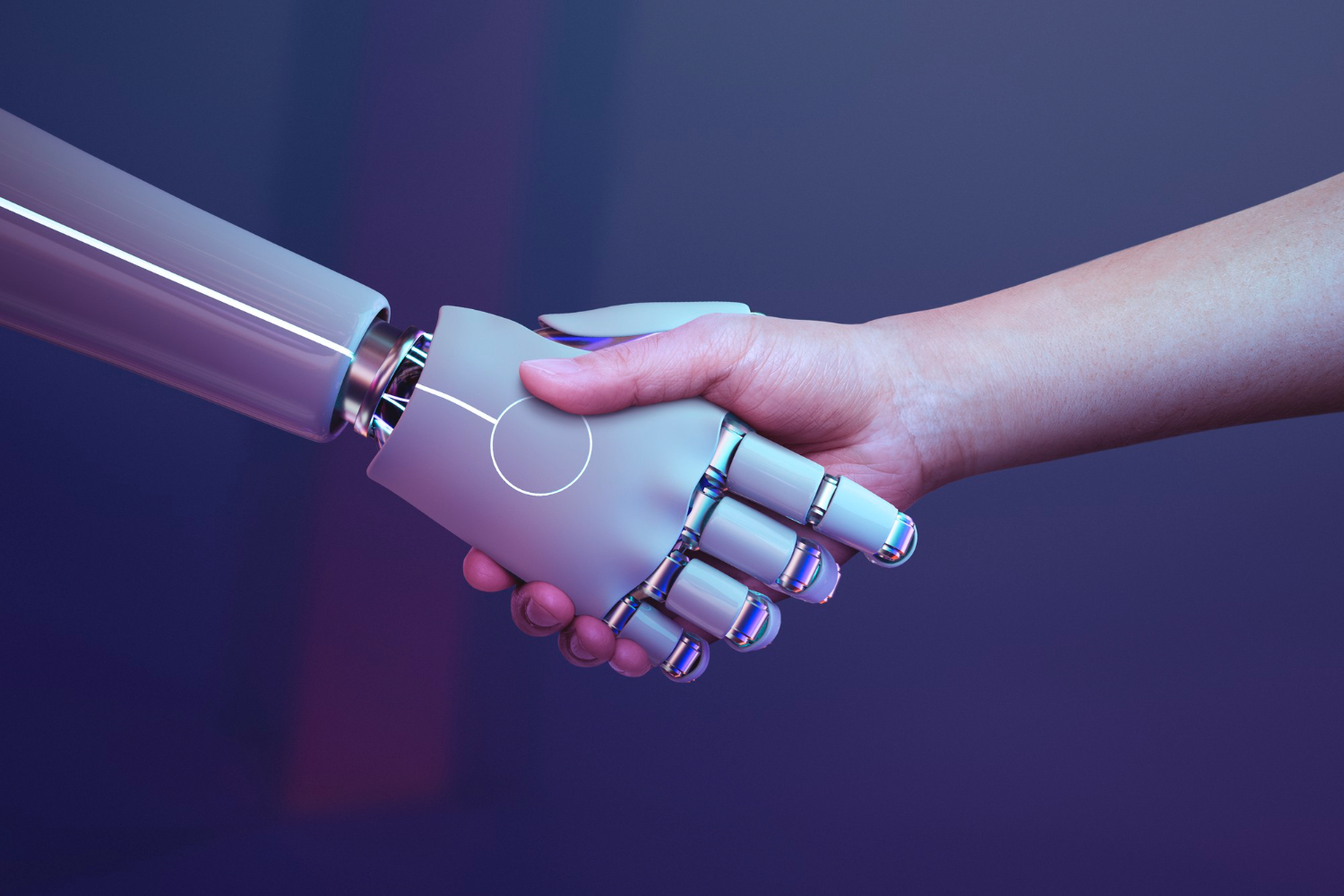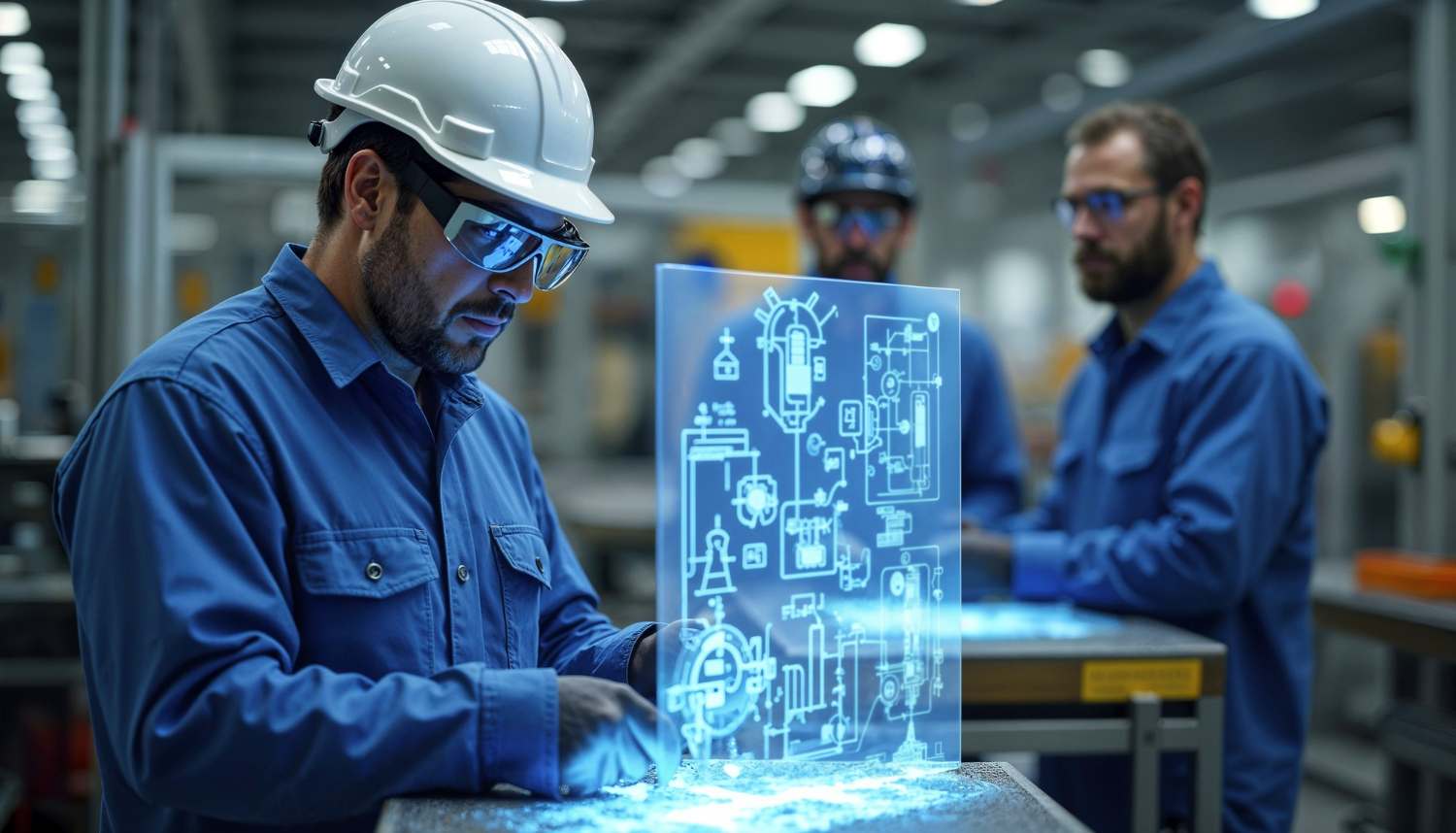Technology in 2025 is becoming increasingly human. One of the most exciting developments this year is the rise of AI-powered digital humans—hyper-realistic, emotionally responsive virtual beings designed to interact with us just like real people.
This innovation combines artificial intelligence, 3D animation, and real-time interaction to create digital avatars that are not only smart but also capable of showing facial expressions, body language, and emotions. These AI-powered personas are transforming the way businesses communicate, educate, entertain, and serve their customers.
What Are AI-Powered Digital Humans?
AI-powered digital humans are computer-generated characters that can see, speak, and respond to humans in natural, intuitive ways. They go beyond chatbots by using natural language processing (NLP), facial recognition, and real-time rendering to offer a more engaging and life-like experience.
Companies are using advanced platforms like Unity and Unreal Engine to create visually stunning avatars. Meanwhile, AI models such as GPT-4 or Google’s Gemini are driving the intelligence behind their conversations.
Where Are Digital Humans Being Used?
In 2025, digital humans are becoming an integral part of various industries:
-
Customer Service: Companies are replacing or augmenting live agents with digital humans who can work 24/7, never tire, and provide consistent, multilingual support.
-
Healthcare: Virtual nurses and therapists offer personalized support, especially in mental health and elderly care, where empathy and privacy are critical.
-
Education: AI-powered tutors provide interactive and personalized learning experiences for students worldwide, making education more accessible and engaging.
-
Retail & Sales: Digital humans are being deployed in online and physical stores to assist customers, answer questions, and even demonstrate products.
-
Entertainment: Virtual influencers and AI-generated characters are starring in marketing campaigns, music videos, and video games.
Benefits of Digital Humans
-
Always Available: No breaks, no downtime—digital humans work 24/7.
-
Cost-Effective: Businesses save on hiring, training, and staffing costs.
-
Scalable: One avatar can serve thousands of customers at once.
-
Personalized: AI allows them to adapt conversations to individual users.
-
Emotionally Intelligent: They can respond to tone, expressions, and mood.
Challenges and Concerns
As with any disruptive technology, digital humans raise some ethical and practical concerns:
-
Deepfakes and Misinformation: Realistic avatars can be misused for deception.
-
Job Displacement: Widespread use may reduce demand for human labor in some sectors.
-
User Trust: People may struggle to distinguish between real and artificial interaction.
To address this, clear regulations and ethical AI design practices are being developed to ensure transparency, safety, and accountability.
The Future Is Human-Inspired
AI-powered digital humans reflect a major shift in how we design user experiences. By combining the efficiency of machines with the emotional intelligence of humans, businesses can deliver more personalized, responsive, and scalable solutions than ever before.
As the technology continues to evolve, we can expect digital humans to become an everyday part of our lives—from virtual assistants at banks to companions in healthcare or even teachers in classrooms.




